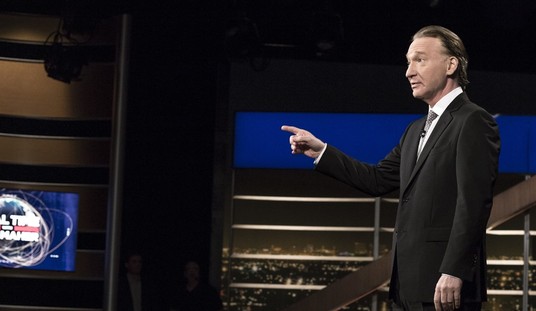Artificial intelligence provides new opportunities to increase U.S. energy efficiency and production. Despite this potential, a movement is afoot to constrain AI over climate concerns.
As AI has become more prevalent, environmental groups and left-wing politicians have become hostile toward AI's development, claiming it will negatively impact the climate. A cabal of environmental groups recently released a fearmongering report warning of supposed “dangers” from energy used to support AI.
Democrats are already seizing on such reports to grow the size of government. Earlier this year, Senator Ed Markey (D-Mass.) introduced legislation that would empower the Environmental Protection Agency and other federal agencies to create a bureaucratic reporting system examining the environmental impacts of AI.
The Left's reflex to throttle AI with increased government regulation stands in contrast to the body of evidence showing innovation in the AI space will continue to increase energy efficiency in the United States, both for AI products themselves and for other industries that implement AI technology.
Moore’s Law, an observation made by semiconductor pioneer Gordon Moore in 1965, predicted that the computing power of a chip would double approximately every two years as technological innovation allows for more transistors on each chip. Indeed, the computing power of a single microchip today is around 2 billion times greater than it was in 1960.
With each increase in computing power, the chips also become more energy efficient. Total power consumption at global data centers increased by just 6 percent from 2010 to 2018, yet computing instances over the same period were able to increase by 600 percent and storage capacity by 2500 percent.
Recommended
In addition to the growing energy efficiency of AI technologies themselves, these technologies can be leveraged in other industries to improve efficiency throughout the economy: For example, AI can be used to improve route planning to increase fuel efficiency on long-haul shipping and transportation. AI has demonstrated the ability to improve the efficiency of genome sequencing and editing, boosting medical innovation. Cornell University researchers also recently found that energy consumption for indoor agriculture could be reduced by 25 percent by integrating AI.
Another major use case for AI is improving the energy efficiency of buildings, which are responsible for 40 percent of total energy consumption in the United States. A recent study estimated that implementing AI to enhance the energy efficiency of commercial office buildings could reduce energy consumption and carbon emissions by as much as 19 percent by 2050. Other estimates are even more optimistic, predicting as much as a 25 percent reduction in energy consumption in buildings over the next few years with AI integration.
Additionally, as AI replaces tedious, unnecessary tasks and speeds up computation capabilities, the energy used for these processes is offset by a reduction in time, resources, and energy expelled by humans to complete the same task. One study demonstrated that the carbon emissions associated with writing and illustrating tasks completed by AI systems are 130 to 2900 times lower than the emissions associated with humans completing those same tasks. Where AI can be implemented in the workplace, it reduces energy expenditure and frees up the time of humans to work on other beneficial tasks, increasing overall productivity and efficiency.
Governments should avoid unnecessary crackdowns on AI based on unfounded fears of negative climate impacts. Predictions of “dangerous” increases in energy use from AI are largely overstated and ignore the much greater positive impacts of AI on energy efficiency. Legislators should instead support a regulatory environment that allows AI innovation to flourish, bringing benefits to the economy at large and to the U.S. energy landscape.
Rowan Saydlowski is Federal Affairs Coordinator at Americans for Tax Reform.























Join the conversation as a VIP Member